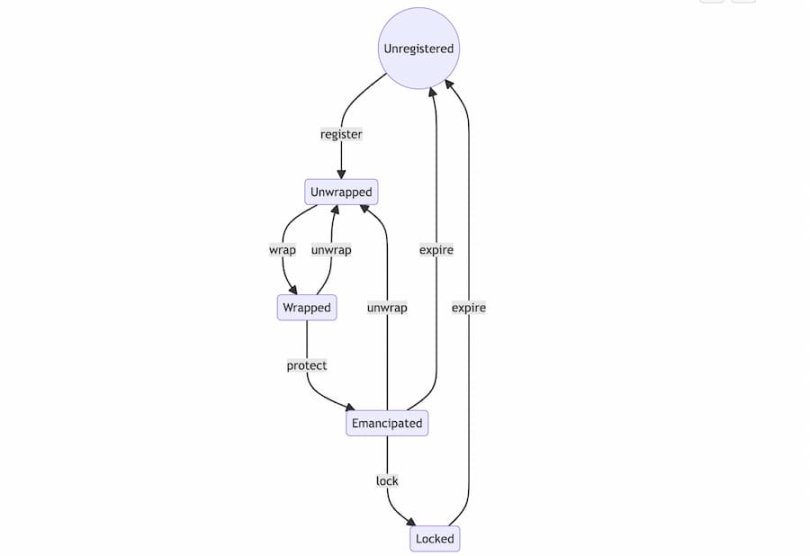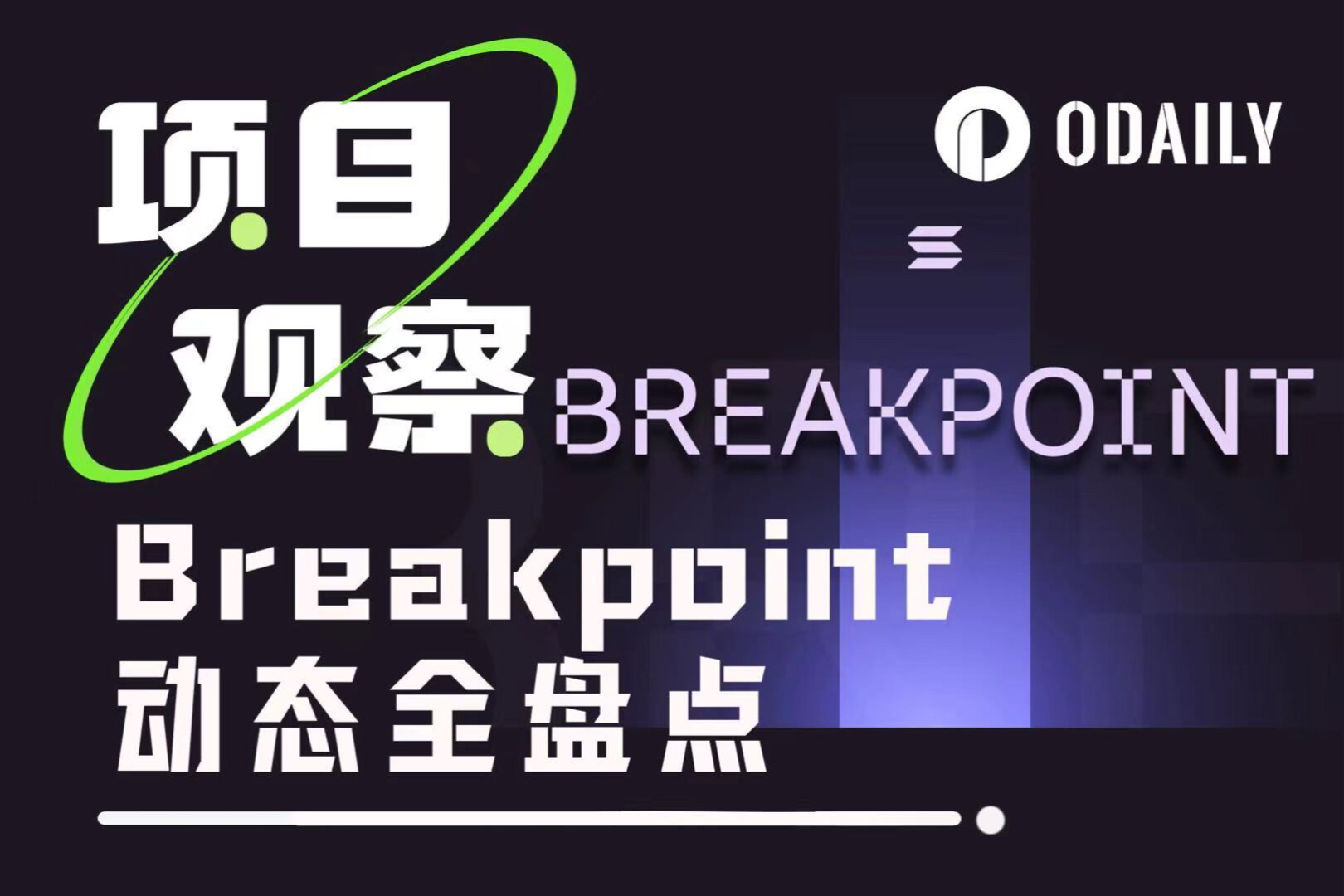Read the ENS domain name encapsulation function in one article
Originally written by Karen, Foresight News
The domain name encapsulation (ENS Name Wrapper) function of Ethereum Domain Name Service (ENS) is regarded as a key improvement for the large-scale adoption of ENS and the transformation of Web3, and it is expected to be launched on the mainnet in two weeks. What exactly is the ENS domain name encapsulation function? Why is it so important?
first level title
What is ENS Domain Encapsulation?
To put it simply, this encapsulation function allows any level of existing ENS domain names to be encapsulated into ERC-1155 tokens, and sub-domain names can be stored as a separate NFT. In addition, the parent domain name can also perform more fine-grained management and control over sub-domain names. Including expiration and authority granting, etc., bring more flexibility to ENS domain names. Currently ENS subdomains are not created as individual NFTs, so transfers and transactions are also limited.
As we all know, ERC-721 is the most basic and widely used NFT underlying standard of Ethereum, and it is a non-homogeneous token contract. In contrast, ERC-1155 supports both homogeneous and non-homogeneous tokens, and can be transferred and authorized in batches, which is very convenient and efficient for the control and management of subdomains.
Other advantages and functions of domain encapsulation officially listed by ENS include:
Allows the parent domain owner to relinquish control of the subdomain, ie "release". Before a released domain name expires, the parent domain name cannot affect it in any way.
Supports "locking" domain names, that is, the ability of the domain name holder to give up the unwrap domain name, and it can also be locked by the parent domain name holder when releasing the domain name. A "locked" domain name ensures that neither the domain owner nor any parent domain owner can affect it until it expires. "Locking" can also revoke other permissions on a domain name, including the ability to create subdomains or set up resolvers.
UI and smart contracts can check the status of domains with a single function call.
Domain name owners can directly create encapsulated subdomains without first registering and then encapsulating.

The life cycle of a domain name is shown in the figure:
That is, a domain name can be encapsulated after registration, and the registered domain name can also directly create an encapsulated subdomain name. After that, the second-level domain name can be automatically "released" when it is "encapsulated". In other cases, the owner of the parent domain name can give up The control of the subdomain name, that is, "release", can also be "locked" by the parent domain name owner while "releasing", or the subdomain name holder can "lock" by itself to give up the ability to unwrap the domain name.
As ENS team member domico.eth said, the key of the top-level domain name eth has been transferred to the public contract by the ENS official, and the ENS official has no access to the eth domain name, so the second-level domain name does not need to worry about someone impersonating. In the ENS Name Wrapper function, the parent domain name mainly gives up control of the subdomain name by setting the expiration time of the subdomain name and turning off the "PARENT_CANNOT_CONTROL" fuse. A fuse can be thought of as a door that, when opened, allows the parent domain holder to perform specific actions, such as controlling subdomains, or it can be permanently closed, or "burned", eliminating the need for the parent domain holder to access The ability to subdomain, which is very similar to ENS handing over the keys for eth.
first level title
Why is ENS domain encapsulation so important?
The importance of this function can be seen from the encapsulation cycle of ENS domain names. Encapsulating domain names as ERC-1155 is an inherent advantage for the management and control of subdomains, which can help domain name holders reduce costs and improve efficiency to a large extent. The "release" function in ENS domain name encapsulation can give subdomains more flexibility by giving up control over subdomains, and it is also a key step in establishing a trustless subdomain ecology.
We have reason to believe that ENS domain encapsulation will add more room for imagination to the mass adoption of Web3.
first level title
Which type of domain name can benefit more from domain name encapsulation?Foresight News was previously at"ENS Gold Nuggets Handbook [Part 1]: What are the opportunities for latecomers?" "



